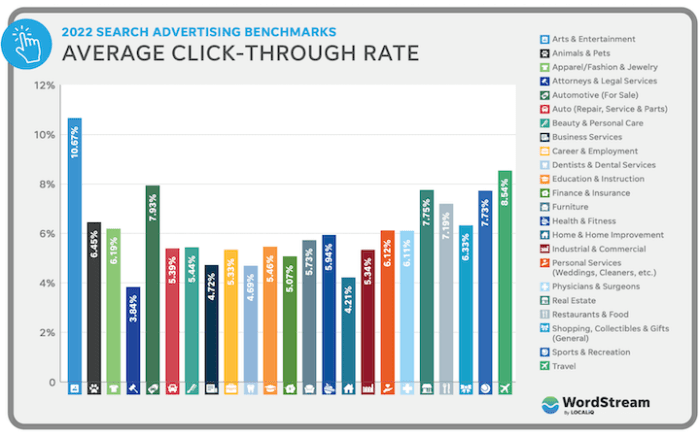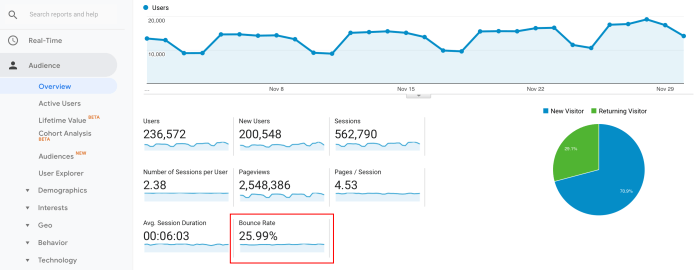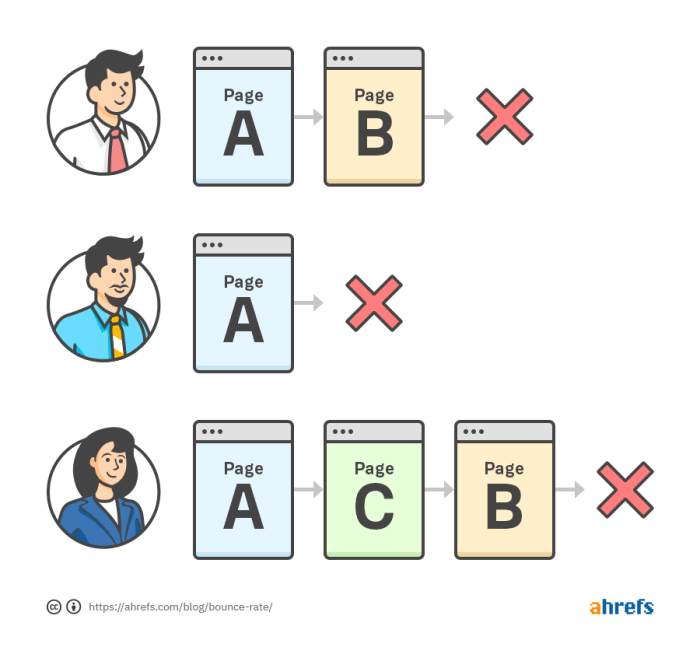Which of these kpis demonstrate engagement choose all that apply – Which of these KPIs demonstrate engagement? Choose all that apply. This question lies at the heart of digital marketing and social media analytics, guiding us toward a comprehensive understanding of audience engagement and content effectiveness. By exploring the various KPIs that quantify engagement, we embark on a journey to optimize our strategies and maximize the impact of our online presence.
Engagement KPIs provide invaluable insights into how audiences interact with our content, enabling us to identify what resonates and what falls short. From likes and shares to comments and click-through rates, each KPI unveils a distinct facet of engagement, empowering us to tailor our content to meet the specific needs and preferences of our target audience.
1. Define Engagement

Engagement in digital marketing and social media refers to the level of interaction and involvement that an audience exhibits with a brand or its content. It encompasses a range of actions that indicate active participation, interest, and emotional connection.
2. Engagement KPIs: Which Of These Kpis Demonstrate Engagement Choose All That Apply

Common KPIs used to measure engagement on social media platforms include:
- Likes: The number of users who have expressed positive sentiment towards a post by clicking the “like” button.
- Shares: The number of times a post has been shared or reposted by other users.
- Comments: The number of comments left on a post, indicating active engagement and discussion.
- Click-through rates (CTRs): The number of users who click on a link within a post, demonstrating interest in the content.
3. Analyze KPIs for Engagement

Analyzing engagement KPIs involves examining the data to identify patterns, trends, and outliers. This analysis helps marketers understand:
- Audience demographics and behavior
- Effectiveness of different content types
- Optimal posting times and frequencies
4. Case Study

A successful social media campaign for a tech company demonstrated the effective use of engagement KPIs. The campaign focused on promoting a new product launch. Engagement KPIs such as likes, shares, and comments were tracked to gauge audience response.
The analysis revealed that posts featuring product demos and user testimonials generated the highest engagement. This insight led to a shift in content strategy, prioritizing user-generated content and highlighting product benefits.
5. Tools for Measuring Engagement
Various tools and platforms can be used to measure engagement on social media. These include:
- Hootsuite Analytics: A comprehensive platform that provides detailed insights into social media performance, including engagement metrics.
- Sprout Social: A tool that offers a range of engagement tracking features, such as sentiment analysis and social listening.
- Google Analytics: A powerful tool that allows marketers to track website traffic and engagement resulting from social media campaigns.
FAQ Explained
What is engagement in the context of digital marketing?
Engagement refers to the level of interaction and involvement that an audience has with digital content, such as social media posts, website pages, or email campaigns.
Why is it important to measure engagement?
Measuring engagement provides valuable insights into audience behavior, content effectiveness, and campaign performance, enabling marketers to optimize their strategies and maximize their impact.
What are some common KPIs used to measure engagement?
Common engagement KPIs include likes, shares, comments, click-through rates, dwell time, and bounce rates, each quantifying different aspects of audience interaction.